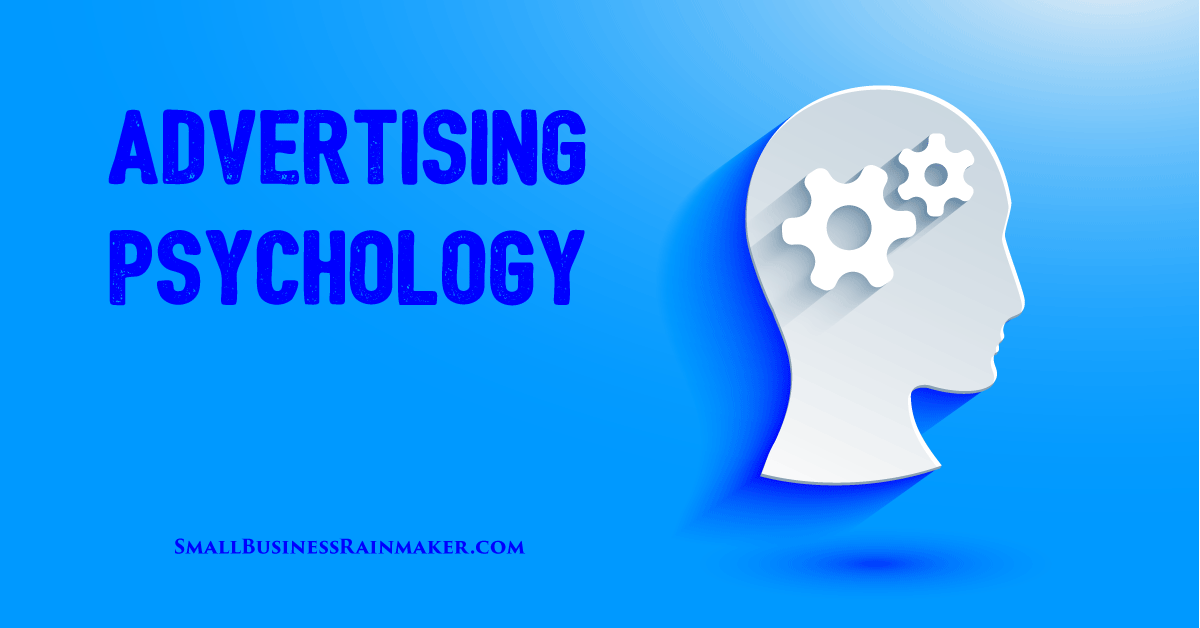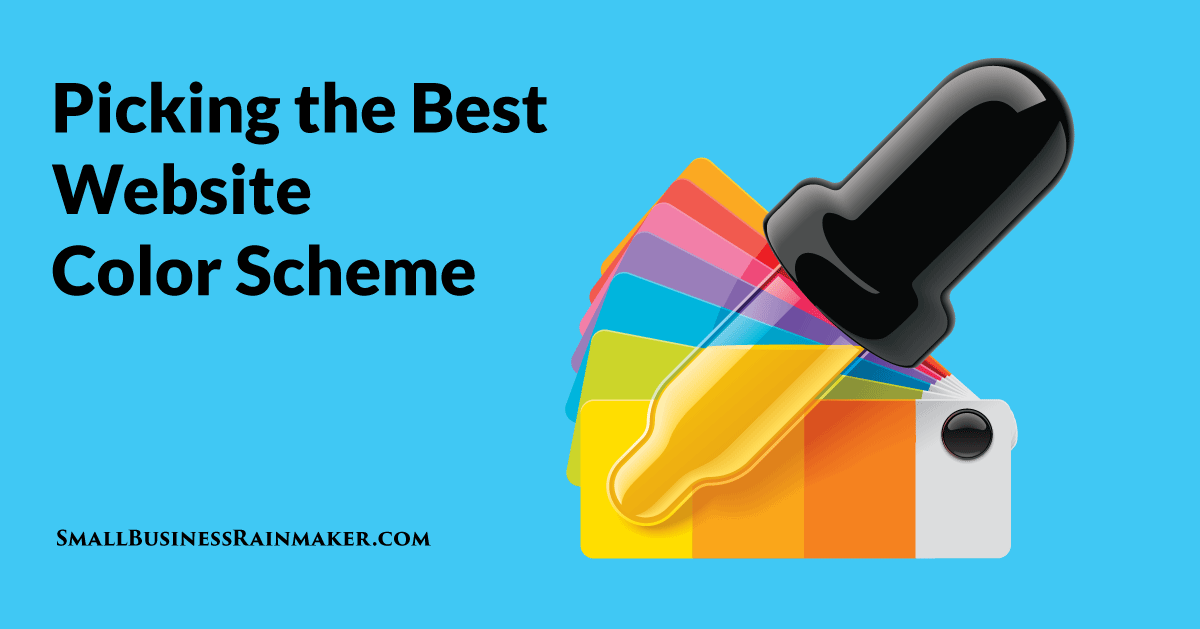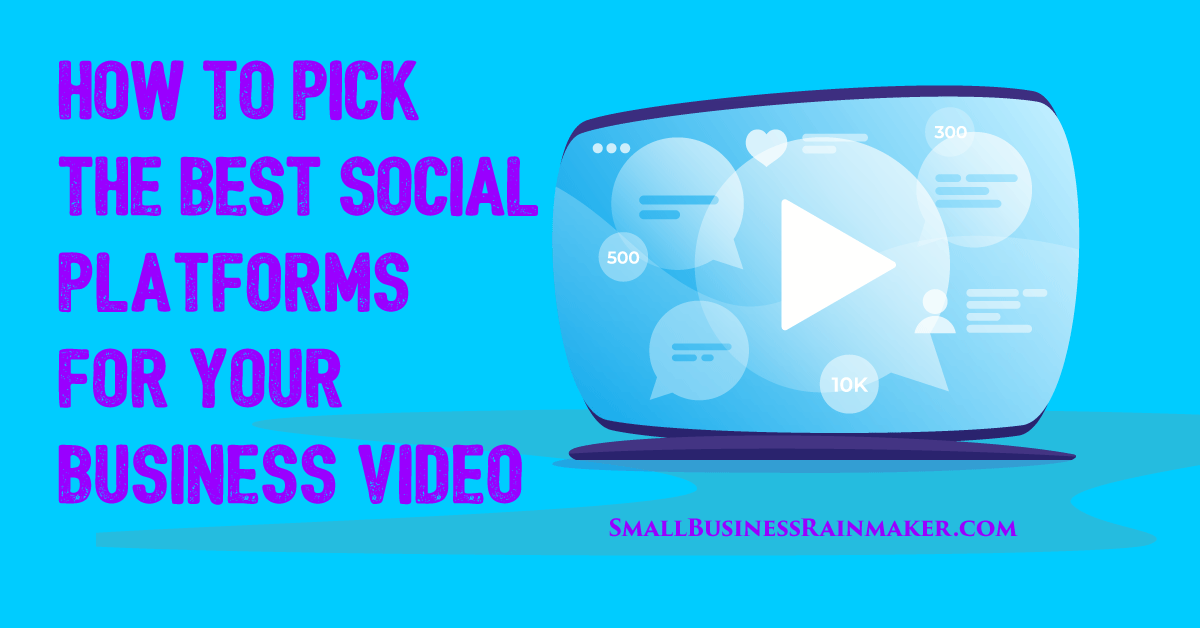
These days, it’s hard to escape being inundated with ads everywhere you go. Though you expect an ad blitz every time you log onto social media, queue up a new streaming show, or ride public transportation, you may be surprised to learn just how many advertisements you’re actually exposed to.
Recent estimates put the average ad exposure at 5,000 to 10,000 per day! With this level of saturation, only the best of the best are going to be able to stand out and actually capture audience interest.
Of course, all effective advertising starts with a solid marketing foundation. It’s vital to get the right message to the right people using the right media.
Yet once your message arrives, the challenge of standing out remains.
One way to make sure your ad isn’t being overlooked is to tap into the principles of consumer advertising psychology. This entails using the proper fonts, colors, and language to elicit emotions that cause people to buy.
You should also understand the thought processes most people go through when making a purchasing decision, along with tried and tested pricing strategies.
Some overall takeaways include:
Buyer’s Thought Process:
Most consumers use a combination of two processes; the Consumer Processing Model (CPM) and the Hedonistic Experiential Model (HEM). The CPM deals with a logical weighing of the pros and cons of buying an item, while the HEM appeals to consumers on an impulsive, aspirational level.
Emotions and Color:
The type of color you choose for your online ad signals different emotions. For example, the color red represents feelings of excitement and energy, while the color pink represents passion and creativity.
Emotions and Font:
Much like color, fonts also appeal to us differently on a psychological level. For example, serif fonts such as Times New Roman and Baskerville indicate tradition and stability, while Modern fonts like Century Gothic and Futura are seen as strong and innovative.
Pricing Tricks:
There are a couple of well-known pricing tricks that work to entice buyers. Prestige pricing is the practice of rounding prices to the nearest whole number to simplify the thought process and cause a feeling of “rightness.” In contrast, charm pricing is the often-seen practice of ending a price in the number 9 to subconsciously convince the brain that we’re getting a better deal.
The visual advertising guide from RentSpree below illustrates examples about how to use the psychology of advertising to get better marketing results.
Tips on Using Advertising Psychology to Boost Your Marketing ROI











![How to Calculate Customer Acquisition Costs [Formula and Infographic]](https://www.smallbusinessrainmaker.com/hubfs/images/Blog/customer-acquisition-cost-formula.png)




Leave a comment